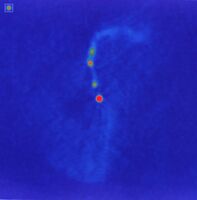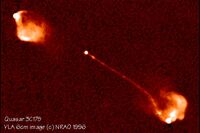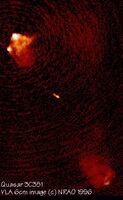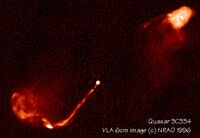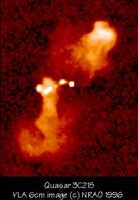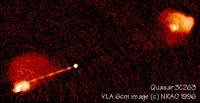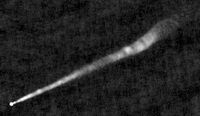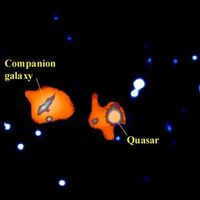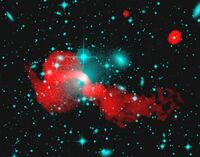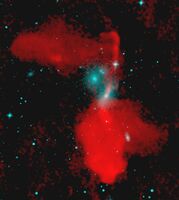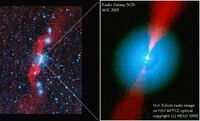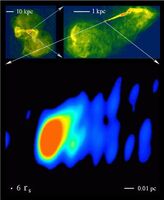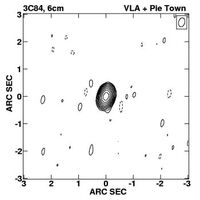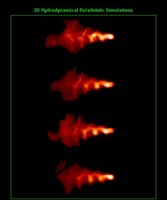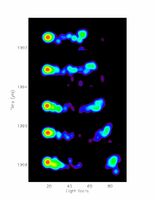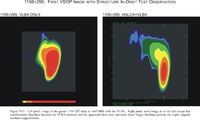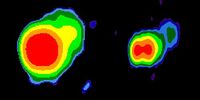Legacy Astronomical Images > Active Galactic Nuclei Series > Quasars Unit
Description
Quasars (quasi-stellar objects) are objects of small angular size and immense power output. These first quasars to be discovered were strong radio sources. Because they are so bright, quasars are some of the most distant objects we can see in the Universe. The huge power output is believed to be fueled by interactions between the central black hole and a surrounding "accretion disk": a disk of matter that gathers around the black hole in the galactic nucleus. Many of the images on these pages are Double Radio Sources Associated with Galactic Nuclei (DRAGNs), which are large-scale double radio sources produced by jets that are launched by processes in AGN.
Collection Items
Collection Tree
- Legacy Astronomical Images
- Legacy Astronomical Images > Active Galactic Nuclei Series
- Legacy Astronomical Images > Active Galactic Nuclei Series > Quasars Unit
- Legacy Astronomical Images > Active Galactic Nuclei Series

